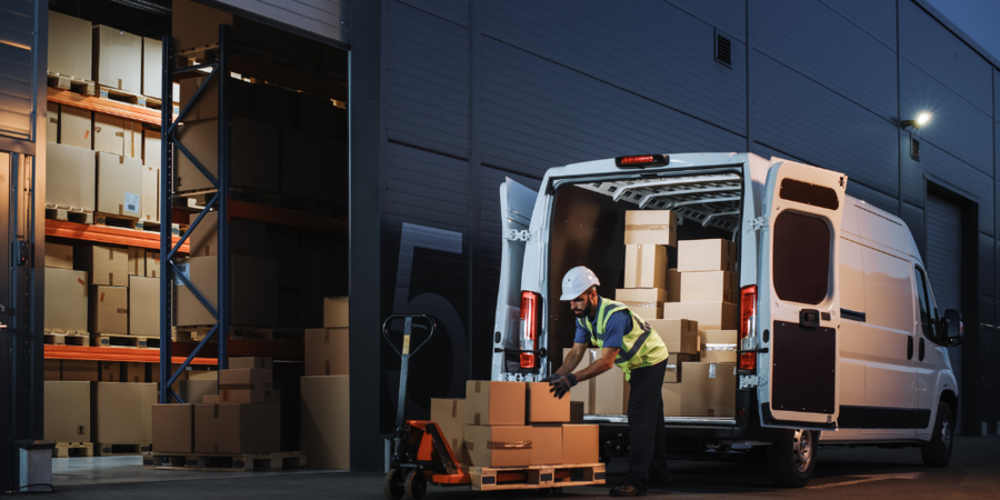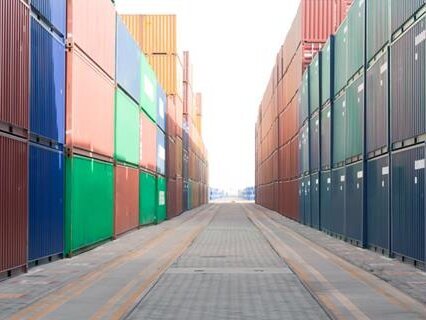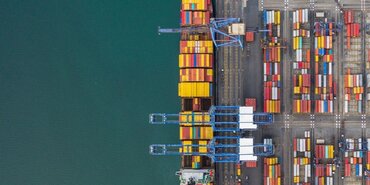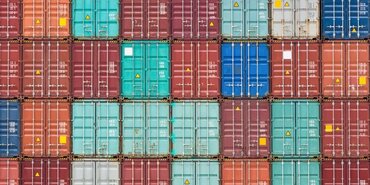TT Talk: How to avoid the risk of handling fake goods

Scale of the problem
Clothing, footwear and leather goods are among the sectors most affected by counterfeiting, accounting for nearly two thirds of seized cargoes. Hazardous fakes, including car parts, medicines, cosmetics, toys and food are also common, posing a serious risk to consumer health and safety. Around 30% of counterfeit cargo seized by European Customs authorities in 2024 was considered to be potentially dangerous.
Mathias Cormann, OECD secretary-general says, ‘Illicit trade threatens public safety, undermines intellectual property rights and hampers economic growth, and the risks could increase as counterfeiters leverage new technologies and techniques to avoid detection.’
According to the OECD and EU report, 74% of seized counterfeit goods were made in China and Hong Kong, with countries from Asia, the Middle East and Latin America also involved. It also highlights how illicit manufacturers are increasingly using international shipping, with around a fifth of the value of fake goods seizures now found in containers.
Counterfeiters adopt localisation strategies too, shipping parts or packaging to assemble fake products closer to end markets, which further complicates detection. They also take advantage of less-scrutinised shipping methods, with around two thirds of seizures involving small parcels and mail.
Risk to transport professionals
A freight forwarder acting as the importer of record of fake goods, whether knowingly or not, faces various risks. Any goods that cause bodily injury, either by being unsafe to use in the same way as the genuine goods they pretend to be, or by being made from toxic or hazardous materials, could face a major product liability claim.
Counterfeiting is considered a serious crime in most countries. Freight forwarders could therefore also be subject to intellectual property actions brought by genuine manufacturers, resulting in fines and imprisonment. In addition, counterfeit cargoes are at a high risk of being abandoned when enforcement authorities start to close in, leaving transport and logistics providers facing rapidly rising demurrage and detention costs.
It is therefore vital to avoid transporting, storing or handling goods that are clearly or likely to be fake.
Spotting red flags
Counterfeiters use various methods to disguise the country of origin of their goods. In most cases this means disguising the fact that well known international branded goods have been illegally copied and shipped from China.
As well as falsifying cargo and shipping documentation counterfeiters re-route goods to hide where they came from. Lightly governed free trade zones and bonded warehouses are also used to help cover illicit cargoes by layering fakes alongside authentic goods. The fraudulent shipments are then broken up and re-directed to other ports, where the process begins again.
Requests for switch bills of lading should always be seen by carriers as a possible ‘red flag’ for someone wishing to transport fake goods. The naming of other unusual countries of origin, use of strange trade lanes and inter-regional moves should also be seen as potential warning signs.
Freight forwarders need to be wary too of being asked to break consignments down into multiple small parcels for drop shippers, as these are often used by counterfeiters to avoid scrutiny by customs authorities. New transport modes, such as the China–Europe rail routes that have opened in recent years, also need careful monitoring.
Due diligence
Vigilance and due diligence are vital to avoid handling, storing and transporting fake goods.
TT Club published a StopLoss guide on due diligence practices in 2024. It focuses on the processes that can be considered by all supply chain stakeholders to evaluate and manage counter-party relationships in ways that protect their business interests and mitigate the associated risk exposures. An earlier TT Brief on due diligence is available in nine languages.
It is important too to develop a trusted supplier network and audit suppliers as part of all contractual arrangements to ensure supply chain security. The introduction of ‘Know your customer’ or ‘Know your supplier’ schemes can help with cargo fraud prevention and encourage customers and suppliers to observe stricter standards.
Collaboration with local and national enforcement agencies, and gathering and sharing intelligence on suspected counterfeiting activities, will also help to mitigate the risk of being engaged in the fake goods trade.
Conclusion
Counterfeiting is one of the world’s most lucrative and insidious forms of transnational crime, closely linked to modern slavery, human trafficking and the illicit trade of weapons and drugs.
Transport and logistics professionals need to take great care not to become involved in handling, storing or transporting counterfeited goods as this could expose them to intellectual property actions, product liability claims and abandonment costs – potentially leading to uninsured fines and imprisonment.
Vigilance, due diligence, trusted supplier networks and collaboration are all steps that can be taken to reduce the risk, together with appropriate transport liability insurance cover.
TT Club would like to extend thanks to Phil Lewis, Director General, The Anti-Counterfeiting Group for contributing to this article.
Documents
TT_Talk_-_Edition_325__Chinese_.pdf (702 kB) 08/10/2025
- Author
- Mike Yarwood
- Date
- 04/08/2025





